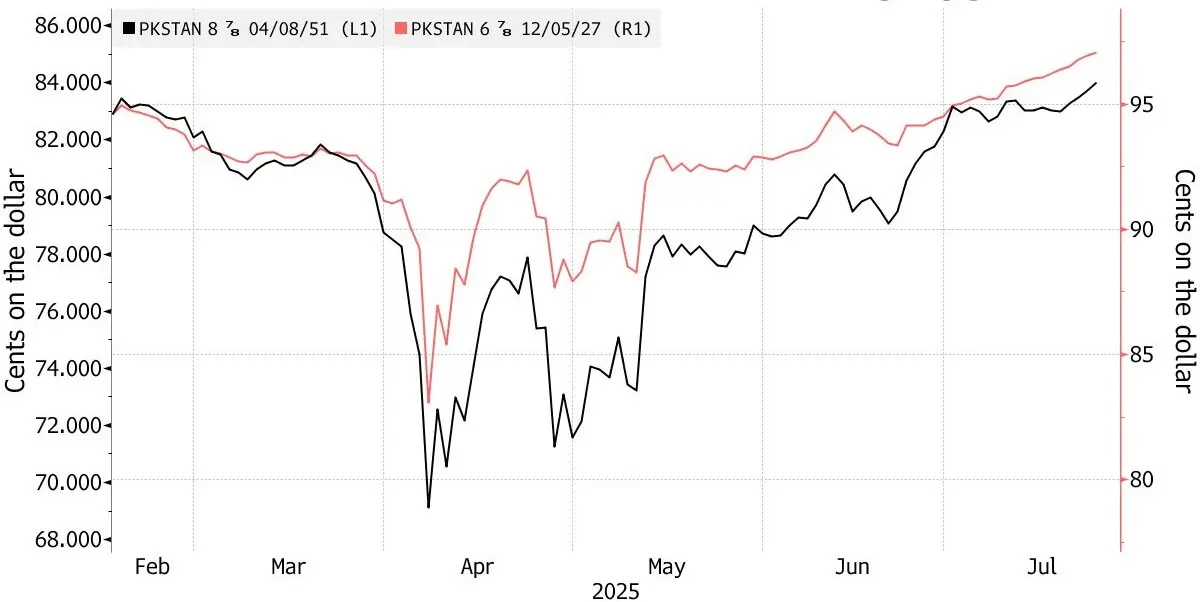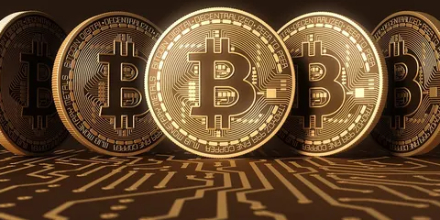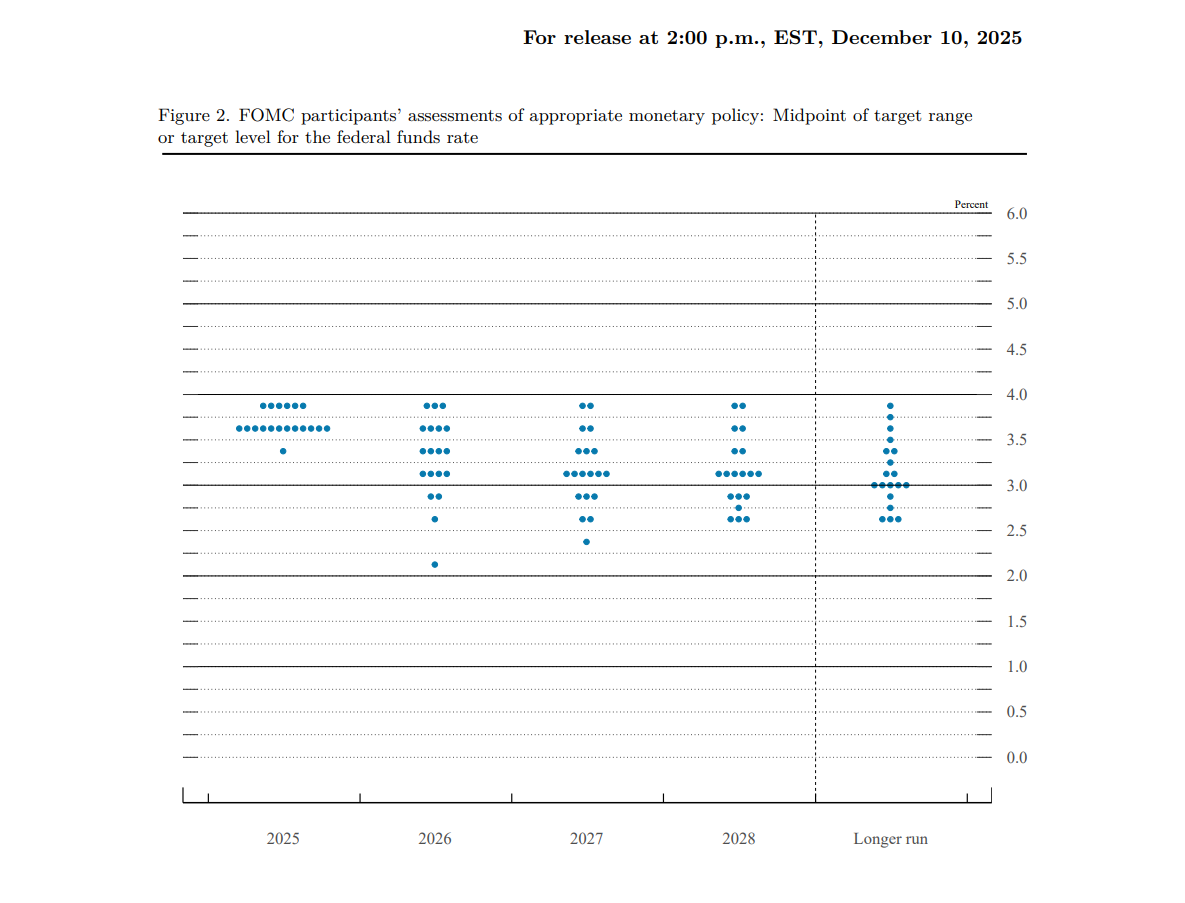S&P Global Ratings has elevated Pakistan’s foreign‑currency credit score to ‘B-’ (up from ‘CCC+’), while maintaining a stable outlook. The upgrade highlights improved fiscal metrics and underpins the government’s efforts to strengthen the economy.
The fresh ‘B-’ classification puts Pakistan among peers such as Nigeria, Egypt, Kenya, and Ecuador on S&P’s ladder. Its dollar bonds rose after the news, as reported by Bloomberg .
“Though debt‑servicing costs remain hefty, the government’s efforts to expand revenue and more benign inflation are hastening the pace of fiscal consolidation,” S&P said in its July 24 statement.
The agency expects fiscal metrics to strengthen in the coming year, aiding Pakistan in servicing its large outstanding debt.
 Pakistan’s dollar bonds rise after S&P upgrade.
Pakistan’s dollar bonds rise after S&P upgrade.
This follows a Fitch upgrade highlighting Pakistan’s IMF‑linked reforms. Upon assuming office, Prime Minister Shehbaz Sharif’s team hiked energy tariffs to curb state losses and rolled out a budget emphasizing ongoing fiscal restraint.
Pakistan’s rate cuts are likely
According to Bloomberg Economics, GDP expansion is forecast at roughly 4.1% for the fiscal year kicking off on July 1, a jump from last year’s 2.1% estimate.
To support this momentum, the State Bank has cut its policy rate by half, bringing it down to 11% since mid‑2024. Moreover, tensions after May’s clash with India have eased , cutting political risk.
Analysts believe there is potential for an extra 100 basis‑point reduction by year‑end.
The central bank’s rate‑setting committee convenes on July 30 to make its decision according to a report by Arab News . In a poll conducted by Karachi’s Topline Securities, 56% of respondents expect a cut of 50–100 basis points, while 37 % foresee rates holding at 11 percent.
Investor sentiment has improved amid easing inflation and lower oil prices, freeing room for rate relief. In the previous gathering, the SBP left rates untouched, pointing to budgetary uncertainties and regional Middle East unrest. However, momentum is now tilting toward easing borrowing costs.
“We are expecting inflation to average 5–7 percent in FY 2026, leaving room for a total of 100 basis points of cuts after adjusting for a real rate of 400 basis points,” said Shankar Talreja, head of research at Topline Securities.
Talreja anticipates a 50 basis‑point reduction at the July 30 gathering and expects the benchmark rate to settle around 10% by December 2025.
Arif Habib Ltd. CEO Shahid Ali Habib concurs on a 50 basis‑point cut, noting that over the last year the SBP has driven its policy rate down by 11,000 basis points from a 22% peak as inflation steadily declined.
“A rate cut now could reduce financing costs, boost productivity and support recovery after a modest 2.68 percent GDP growth in FY 2025,” Habib said.
The government’s growth target stands at 4.2% this fiscal year, compared to last year’s 2.7 % outcome.
IMF help and lower inflation to bring stability
Backed by a $7 billion IMF facility, the economy has steadied. Inflation dipped to 3.2% in June, while the current account recorded a $328 million surplus.
Falling inflation has underpinned the SBP’s aggressive easing. Habib forecasts consumer prices averaging about 5.4% in FY 2026, with core inflation near 8%.
Nonetheless, Talreja warned that markets may see little impact. Equities have surged around 19% since January, and the KSE‑100 touched an intraday high of 140,585 points last week.
“The treasury bills market is already pricing in around 50 basis points of cuts, trading at about 10.7 percent,” Talreja noted.
He observed that even with additional cuts, borrowing costs might barely budge, given the previous 11,000 basis‑point reduction.
Cryptopolitan Academy: Coming Soon - A New Way to Earn Passive Income with DeFi in 2025. Learn More




